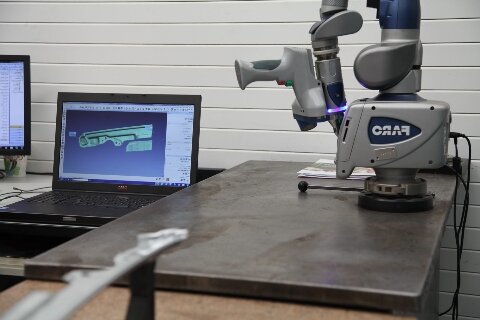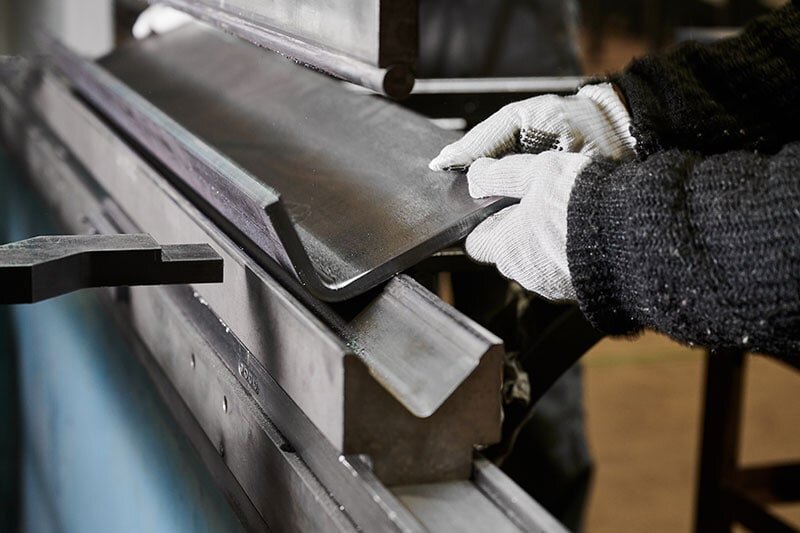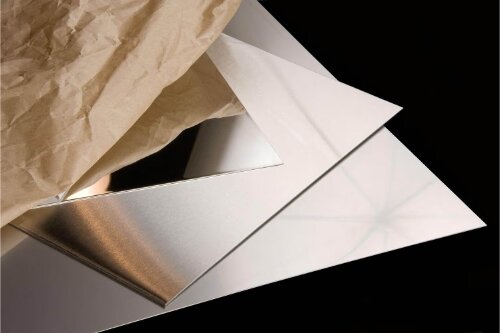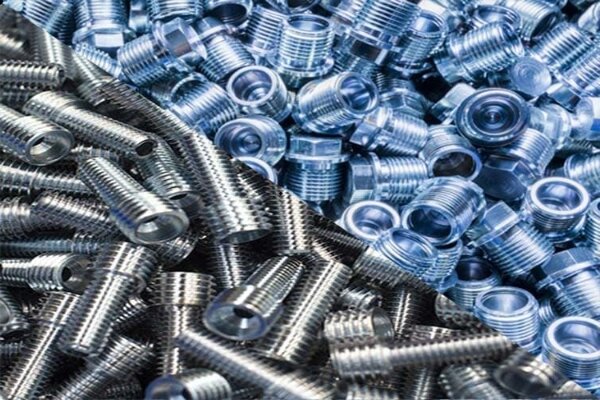Laser cutting is one of the most precise and versatile methods for creating metal parts. However, even the best machine requires a well-designed file to function optimally. Many teams struggle at this stage. Some sketches lack sufficient detail. Others miss critical tolerances or use materials that don’t fit the part’s purpose.
When design assistance is part of the service, these problems are easier to solve. Engineers review your files, correct any mistakes, and recommend more suitable materials. With that support, production starts faster and with fewer errors. This article explains how design-supported laser cutting works, why it matters, and how it helps turn early ideas into accurate, ready-to-produce parts.
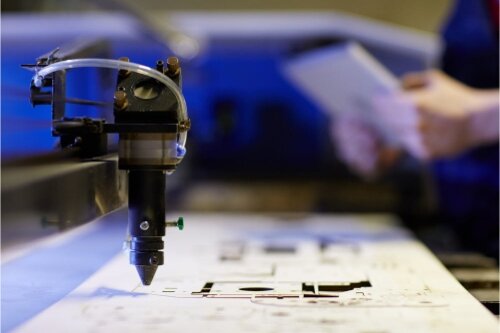
Why Design Assistance Matters in Laser Cutting?
Design support connects creative ideas with practical manufacturing. It turns your concepts into accurate, production-ready files while avoiding delays and unnecessary costs.
From Idea to CAD File
Even a rough hand-drawn sketch or a photo can become a precise CAD model with the right help. Designers study your sketch, learn what the part needs to do, and define the correct dimensions and tolerances. They then create digital files such as DXF or DWG, which laser cutting machines can read directly. If several parts need to fit together, they also check alignment and how bends or welds will affect the assembly.
This service is beneficial for entrepreneurs or creative professionals without technical drawing experience. You don’t need to know CAD tools or engineering standards. The design team handles that part and makes sure your concept is accurately represented in the file.
Preventing Costly Mistakes Early
Most production issues begin with design errors. Missing dimensions, unclear hole sizes, or the wrong material choices can delay fabrication. With design assistance, engineers review your files and catch these problems before cutting starts. They can flag thin areas that may warp, corners too sharp for laser cutting, or materials that don’t suit the intended use.
Early design reviews save time, materials, and money. They lower the risk of rework and wasted parts. They also help you select materials that strike a balance between cost, strength, and surface finish. For example, if your prototype doesn’t require high strength, switching from stainless steel to aluminum can cut expenses and reduce lead time.
What Design Support Typically Includes?
Before laser cutting begins, experts thoroughly review every detail of your design to ensure a smooth production process. These steps help make fabrication faster, more accurate, and more affordable.
DFM (Design for Manufacturability) Review
Design for Manufacturability, or DFM, is a thorough review to ensure your part can be produced efficiently. Engineers review the geometry to ensure that all features—such as holes, slots, and tabs—meet the minimum size limits for the material and machine. They verify that holes are not too small, corners have the proper radii, and thin walls are strong enough to remain stable during the cutting process.
If the part needs bending or forming later, they also verify bend radii and flange sizes. This ensures the metal bends cleanly without cracks or distortion. When tight tolerances are required, the DFM review highlights where small design changes can improve accuracy and repeatability.
File Conversion and Cleanup
Some customers send files made in design software that isn’t directly compatible with laser cutting machines. In these cases, engineers perform file cleanup. They open DXF, DWG, or AI files and resolve issues such as open paths, overlapping lines, or missing layers. They also correct scale problems, such as files saved in inches instead of millimeters, and close small gaps in the geometry so the laser can follow a continuous cutting path.
Clean, well-prepared files reduce errors and ensure parts come out as expected. With fewer questions or adjustments needed during setup, production runs more smoothly and stays on schedule.
Material and Thickness Guidance
Choosing the right material and thickness is key to both cost and performance. Design support teams help you select a metal grade that fits your part’s purpose. For example, stainless steel offers corrosion resistance and a polished finish, but it costs more than mild steel. Aluminum cuts quickly and is lightweight, but it needs different tolerances.
Engineers also consider how each metal reacts under the laser—how it melts, how cleanly it cuts, and how heat affects it. They match material thickness to the part’s size and function. Thin sheets are well-suited for covers and enclosures, while thicker plates are more suitable for frames and structural components.
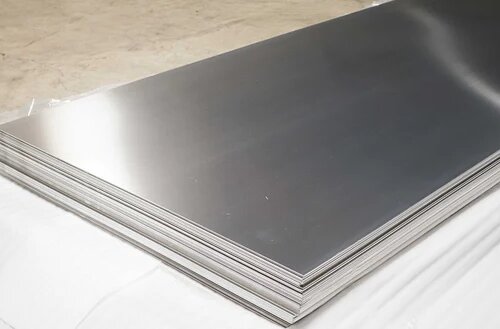
How Collaborative Design Makes Production Faster?
When engineers and customers collaborate from the outset, production becomes smoother and more efficient. This teamwork enables quick feedback and rapid adjustments, thereby shortening the time from quote to finished part.
One-Stop Workflow
Choosing a provider that manages both design and laser cutting under one roof saves time and avoids confusion. There’s no need to send files back and forth between different companies. Engineers can review your drawings, make minor corrections, and send them straight to the cutting floor.
This setup reduces miscommunication and avoids delays caused by separate vendors. If a drawing requires a minor update—such as adjusting a hole size or bend angle—it can be done instantly. The same engineers who check your design also understand how the laser machines will cut it, ensuring better accuracy and faster turnaround.
Faster Iterations for Startups
For startups and small manufacturers, time is critical. A quick prototype means faster testing, earlier investor presentations, and shorter product launch cycles. Collaborative design supports this by creating a fast feedback process. Engineers can suggest simple changes that improve manufacturability or reduce costs—such as adjusting hole spacing, corner radii, or material thickness—and apply those updates immediately.
This real-time collaboration enables multiple design versions to be refined within days, rather than weeks. It helps teams fine-tune parts before mass production begins, reducing waste and avoiding the risk of reworking large batches later.
Examples of Projects That Benefit Most
Some projects greatly benefit from design assistance. Here are a few examples of how expert support helps turn sketches, samples, or worn-out parts into accurate, production-ready components.
Early-Stage Product Prototypes
Product designers often begin with simple sketches or rough 3D models. These early ideas demonstrate shape and purpose but usually lack the detail necessary for fabrication. Design support helps fill in those gaps by turning rough concepts into complete CAD files. Engineers define dimensions, set tolerances, and make sure the geometry meets manufacturing limits.
Once the CAD file is ready, the prototype can move straight to laser cutting, assembly, and testing. Designers can see and touch the fundamental part within days, not weeks. They can check the fit and function, make quick updates, and finalize the design more efficiently. For startups, this process saves both time and money, helping validate ideas before investing in mass production.
Replacement Parts or Small Batch Items
Many companies require replacement parts for older equipment or machines that lack existing drawings. With design assistance, these parts can be reproduced accurately and consistently. Engineers measure the original or broken component, build a new digital model, and create a clean file ready for laser cutting.
The exact process works for small-batch runs. If a business needs a few custom brackets, panels, or enclosures, the design team can rebuild or adjust the file based on photos or samples. After the design is confirmed, production begins promptly, and every piece meets the required dimensions with reliable precision.
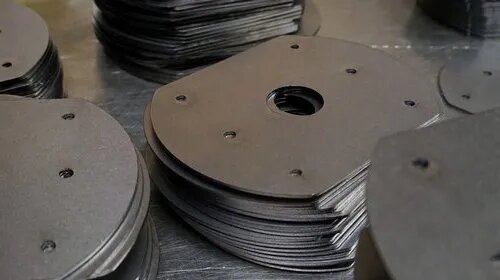
Choosing a Laser Cutting Partner with Design Expertise
Choosing the right laser cutting partner isn’t only about finding someone who can cut metal. It’s about working with engineers who understand design and help you achieve better results faster.
What to Ask Before Sending Your File?
Before sending your files, ask potential suppliers about the level of design support they provide. A few simple questions can reveal a lot:
- “Do you review my files before cutting?”
- “Can you provide DFM (Design for Manufacturability) feedback?”
- “Will you fix small geometry or scaling issues if needed?”
- “Can you recommend materials or thicknesses for my part’s purpose?”
- “Do you offer prototype reviews before full production?”
Suppliers who can confidently answer these questions value collaboration. They act as partners, not just service providers. They should also explain how they verify your design to ensure it meets the machine’s requirements before cutting begins.
Signs of a Reliable Design-Support Provider
A reliable partner communicates clearly and stays transparent throughout the process. They respond promptly, use precise language, and provide updates as your project progresses. Instead of saying “your file is fine,” they explain what they checked or adjusted and why.
Good partners also keep detailed records. They provide clear feedback, updated drawings, or marked-up files that clearly show what has been changed. This helps avoid confusion and builds long-term trust.
You’ll know you’ve found the right team when they’re patient and willing to explain things like material options, tolerances, or machine capabilities. That shows they care about helping you succeed on every project, not just completing one order.
If you already have an idea—even a rough sketch—our engineers can help you turn it into a manufacturable product. Upload your drawing for a free DFM review. We’ll review your design, suggest improvements, and demonstrate how it can be produced efficiently with professional laser cutting.
Hey, I'm Kevin Lee
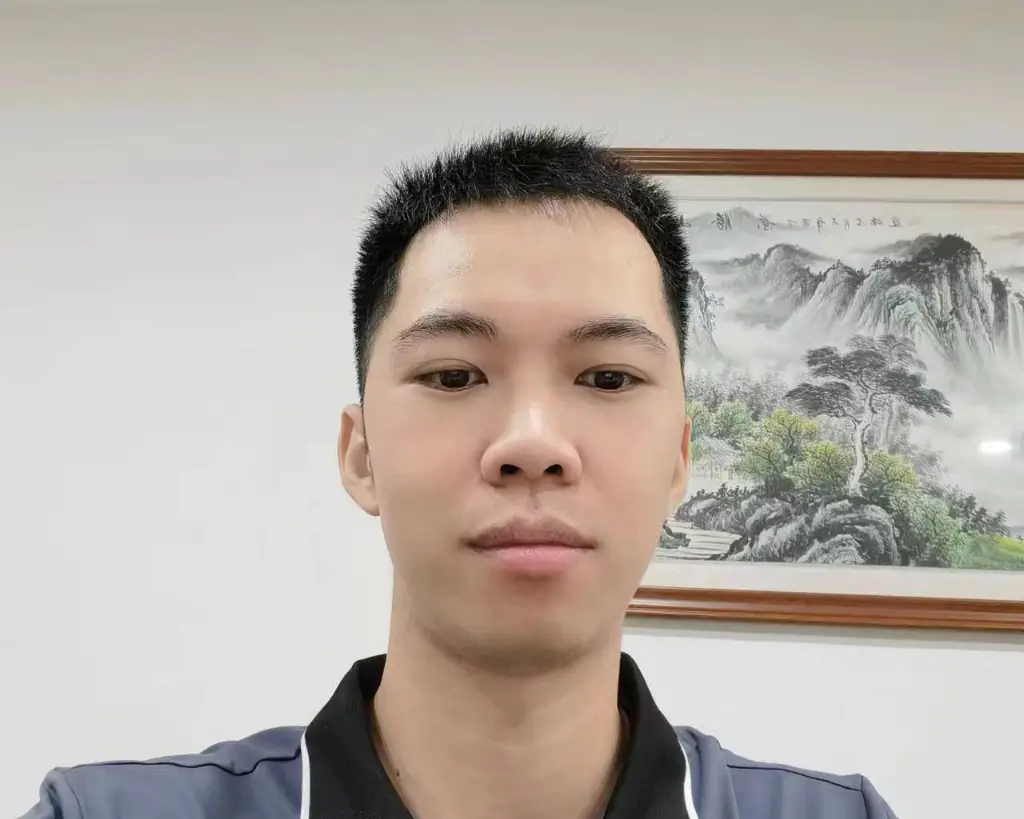
For the past 10 years, I’ve been immersed in various forms of sheet metal fabrication, sharing cool insights here from my experiences across diverse workshops.
Get in touch

Kevin Lee
I have over ten years of professional experience in sheet metal fabrication, specializing in laser cutting, bending, welding, and surface treatment techniques. As the Technical Director at Shengen, I am committed to solving complex manufacturing challenges and driving innovation and quality in each project.

